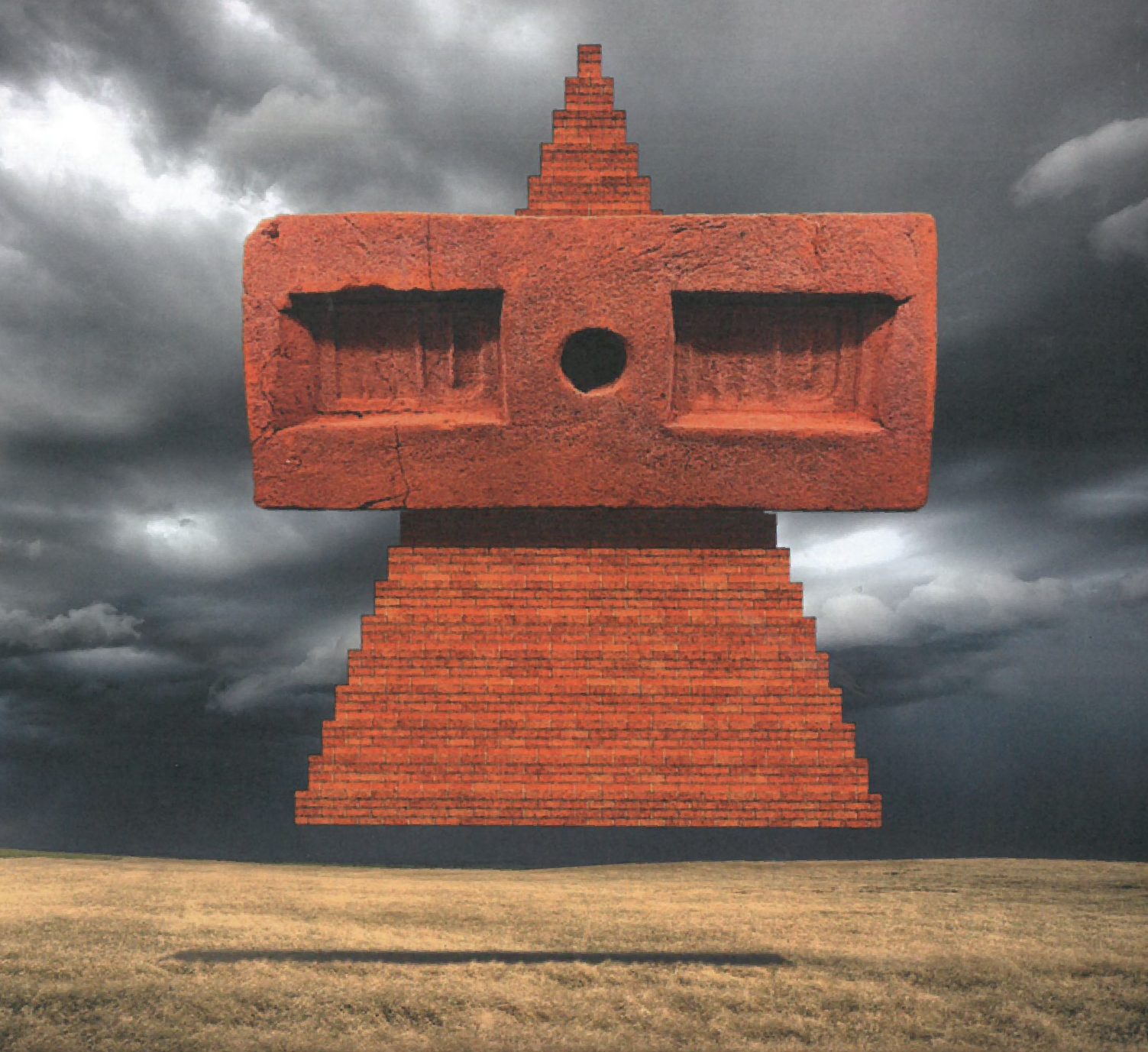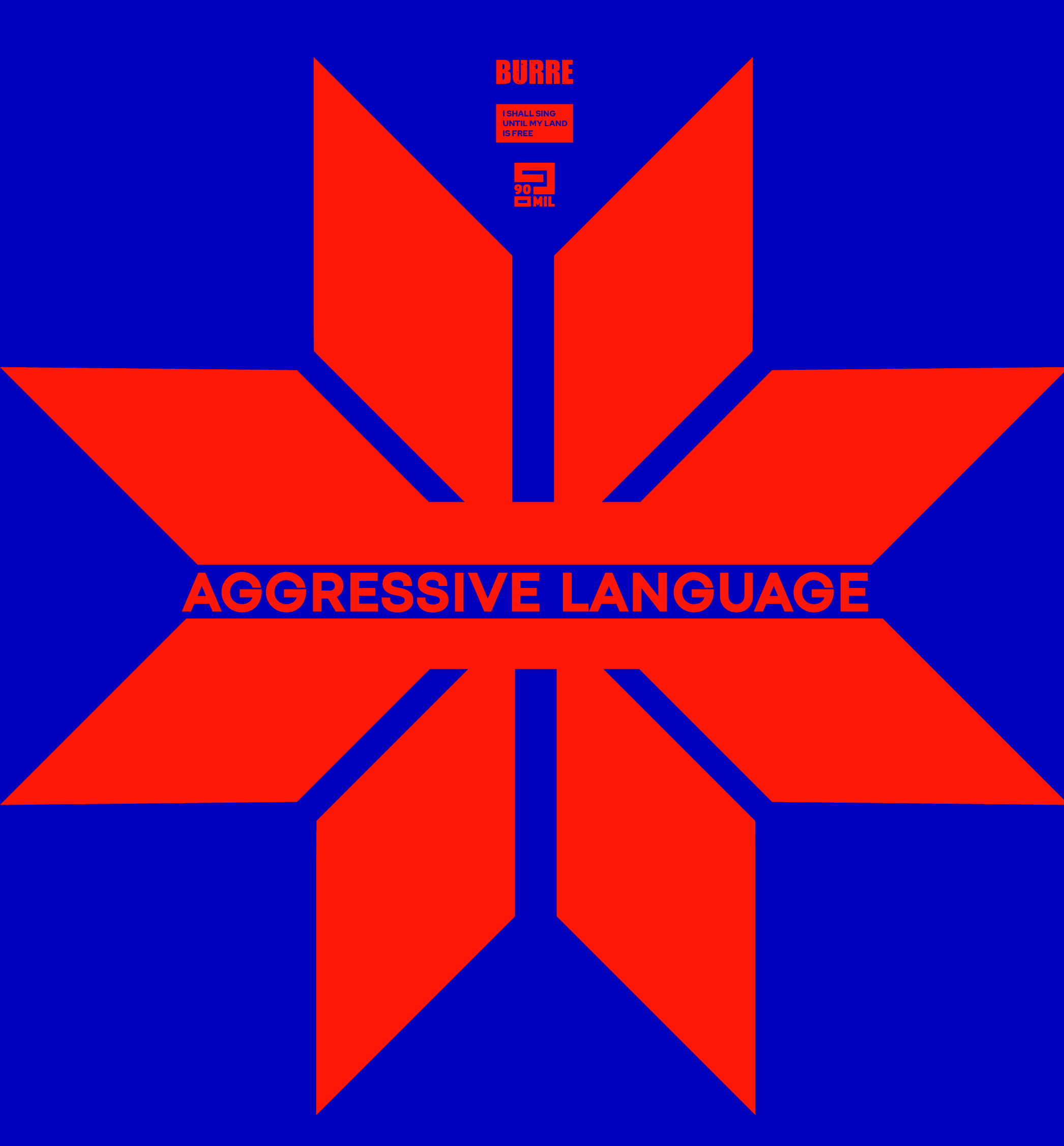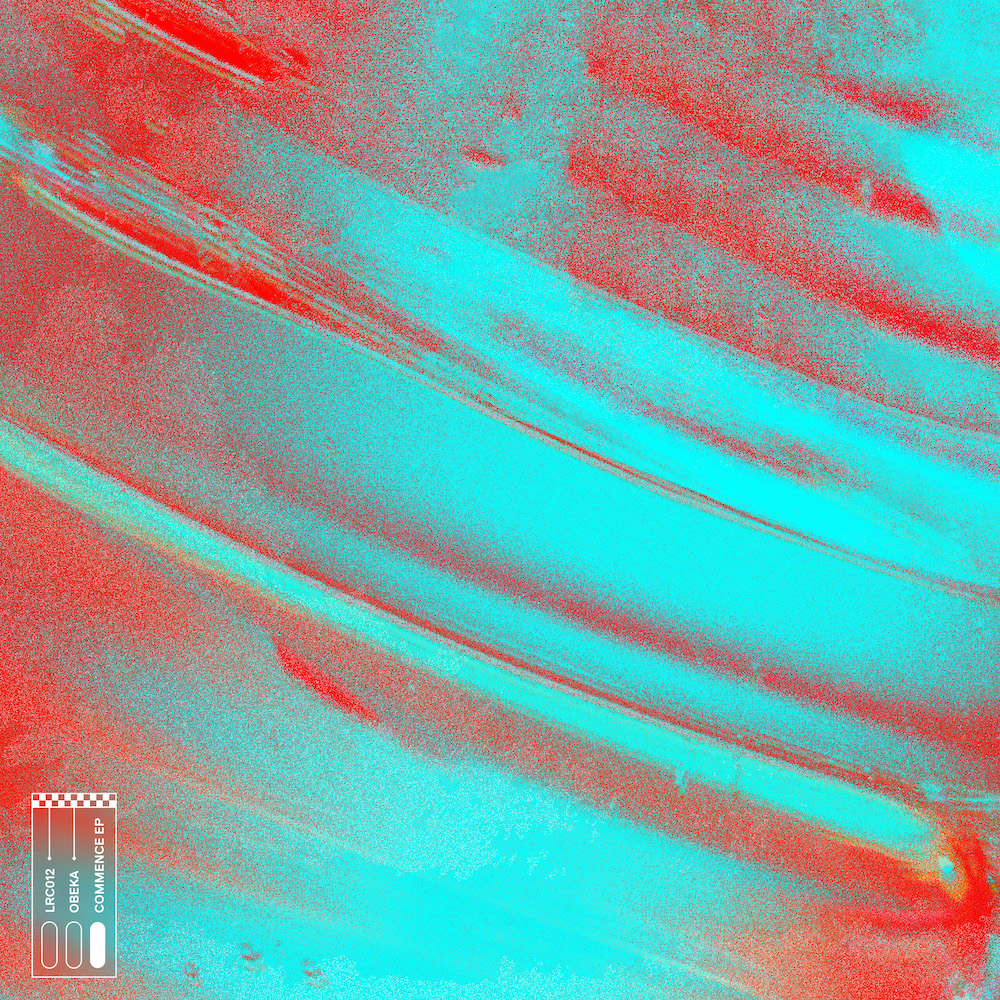Track By Track: Pep Llopis – Poiemusia La Nau Dels Argonautes
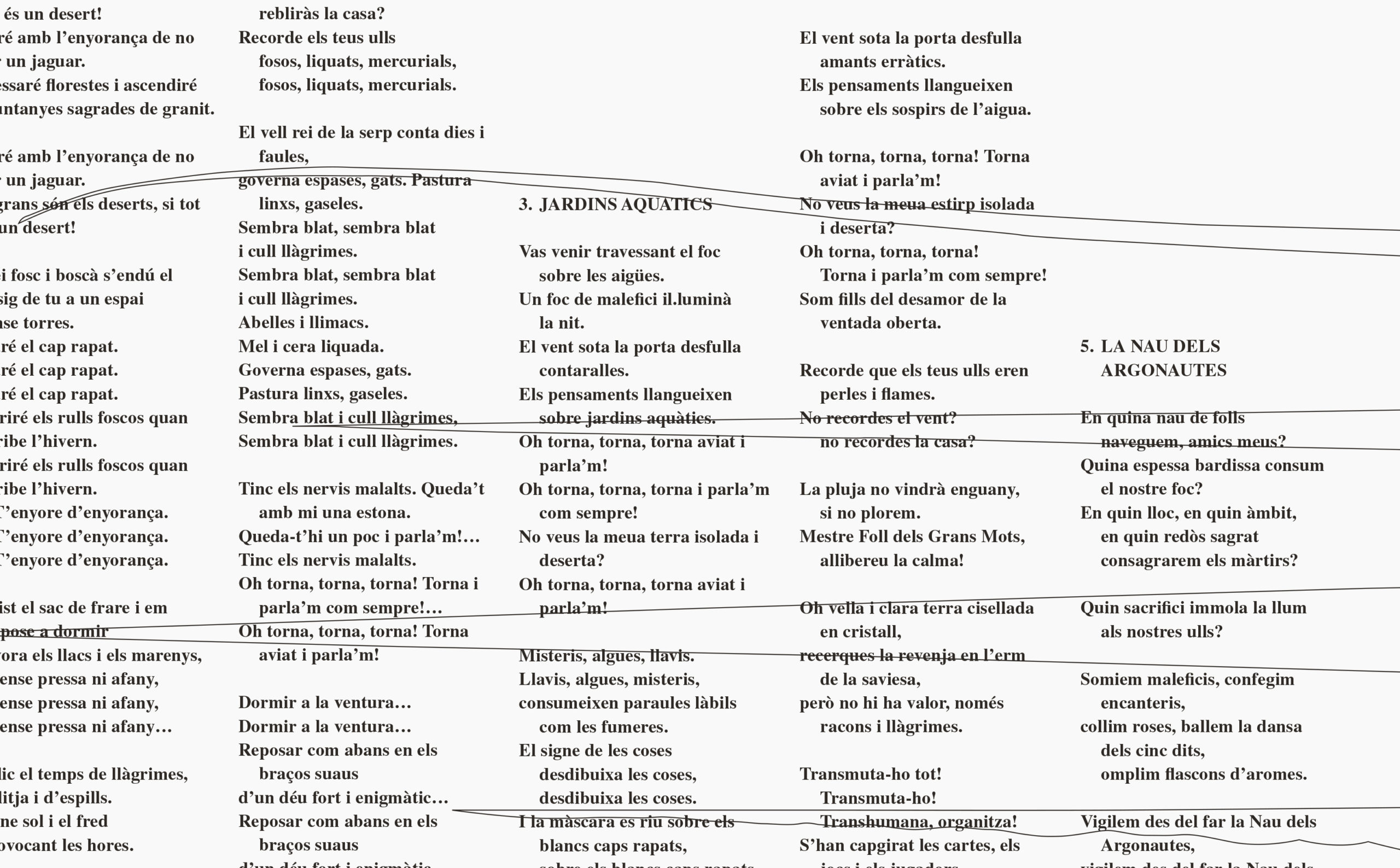
If you are going to reissue a piece of music you might as well do it properly, Freedom To Spend know this. Their latest offering comes in the form of a beautiful re-release of the highly sought after "Poiemusia La Nau Dels Argonautes" by Pep Llopis. An album which has been critically acclaimed for its influence upon new age and experimental music across decades. Originally released in 1987 the album, which was recorded in Spain, merges classical influences alongside expressive poetry and beautiful textures. The record has since gone on to fetch extortionate prices on the vinyl marketplace with some paying upwards of one hundred pounds for a copy.
Marking the reissue of the album we were granted an exclusive opportunity to ask Pep Llopis to take us through "Poiemusia La Nau Dels Argonautes", originally recorded some thirty odd years ago.
"All the pieces of this album were born from the inspiration of Salvador Jàfer's poems, published in his book "Navegant Obscur" (Gregal Llibres, 1987) and in particular the block entitled "La Nau dels Argonautes", containing exactly 5 poems that are the ones that give name to each one of the parts of this disc.
The original poems contained in the book were slightly adapted, together with Salvador, to be recited with the music, adjusting tempos and rhythmic pulses. The music was created from the atmospheres contained in the texts and at a time when my musical creativity circulated around minimalist references, within a repetitive music perspective.
At the beginning of the disc, as an introduction, and at the end of it – as a continuation of the trip – a sound environment clearly alludes to navigation. It starts the road, but once it is done the route continues. The way of an endless loop that accompanies our continued search throughout life.
The texts of the poems are introduced as recitative that relate to musical phrases in a preferably rhythmic way, trying to combine, relate or contrast the rhythm of verse with musical rhythms. The voices were treated technically with the analogical process elements available in 1987.
The proposal sought to combine the synthesis sounds with real instruments, sequential elements with melodies and rhythmic games, while contrasting them with the intervention of the voices reciting poems in an unconventional way."
MUNTANYES DE GRANIT
Season : Autumn
Inspiration
The navigation environment introduces this track that was inspired by the poem “Muntanyes de granit”. The first impulse to develop the theme was the creation of a sequence that established an environmental and temporary basis, on which to build the rest of the piece. This repetitive sequence – generated by a primitive sequencer – creates a static stage of situation which, as melodic and rhythmic elements appear, incites movement and action. The marimba introduces, on the sequence, the melodies that are developed and completed as in a peculiar canon by flute, cello and clarinet, by way of addition. The sequence appears and disappears with different intensities and sonorities.
Everything leads to an energetic, high and rhythmic moment that prepares the rest and conclusion of the subject. The end of Muntanyes merges with the atmosphere that opens the disc as an invitation to continue navigating the music and the word. The texts of the poem are revealing a series of conceptual elements that will serve later to the development of the feelings in the rest of the themes.
It is perhaps the track in which the interventions of the psalms and the musical phrases establish a greater relation and complicity.
Configuration
I was in my little studio investigating with a primitive Korg keyboard, which incorporated a minimum sequencer, how to generate a sequence on which to develop this piece. Fortunately I created the sequence and began to develop the interventions that were shaping the theme and establishing where and how the voices could intervene with the texts.
Over time I pursued the idea of investigating repetitive sequences by which to incorporate other types of real instruments. In this piece I discovered, how significantly modifying the speed of the same sequence and also modifying the sounds to reproduce, could create really different moments with the same harmonic realtionship.
Both this piece and the rest of the pieces of “La nau dels argonautes”, I think the ideal place to listen to them is in a live concert. But as it is the disc and these recordings, I think it is important to have the time and space to listen to it in a relaxed way and having previously obtained a translation into the proper language of the content of the poems. Although I do not advise to listen to it following the translation of the verses, but read them before each part and then get carried away by the sum of musical and phonic sonorities.

EL VELL REI DE LA SERP
Season : Summer
Inspiration
This track contains two totally different parts, one calm and one very rhythmic, which we could call meditative / reflexive and energetic / obstinate respectively.
The first focuses on the creation of an environmental sound tissue, very rich in content and subtle percussive contributions, which tries to suggest a time out of time, evocation of ancestral and magical places.
With a kind of bass percussion created with a synthesizer, this base provides the support so that the melody that the melodic instruments interpret in increasing unison, runs with ease and continuity in a sustained walking tempo.
Here the texts are interspersed with the melodic phrases, that each time they are repeated complicate a little more to create an upward climate without changing the tempo.
The melodic intensity leads to the second part of the piece. A part conceived to accumulate rhythmic structures in which the marimba establishes a tempo and cadence that will grow stubbornly without solution of continuity. Here the sequence is created by a real instrument and it will be incorporating elements that will force the complexity of rhythms and densities. The melodic instruments (cel., Fl., Cl.) rest on this part and it is the piano that will add, with its increasingly complex rhythmic phrases, dialogues with the marimba, percussive elements and other electronic sounds generated by synthesis. This kind of obsessive tutti tries to reflect a cumulative tension that draws the most dense moments of any trip or journey.
The end dress with a certain paroxysm, made at the wrong time in the weakest part of the compass provides, by a sudden stop, the return to the quiet first part in which the voices and texts, that had disappeared in the central part, return. Once the storm is over, the calm returns in a fade out of all the elements, diluting the subject little by little.
Configuration
The two parts of the piece emerge from different moments. The first part comes from the reading and re-reading of the poem to locate me in the imaginary world suggested by the text. It leads me to imagine a sound context that evokes that world and is created in my mind in different spaces. Not only in the studio but thinking and meditating on it before I start building it. I initially elaborate the bass line, then the ambient and then the percussions are incorporated. Then, out of the studio, I weigh in the melody that is going to be incorporated. I compose it and incorporate it. Spaces for texts are clearly located.
The second part is born of my desire to integrate in the concert a powerful rhythm, repetitive, with accumulation of elements that is distinguished from the rest of themes. Here appears the figure of Steve Reich clearly. It is forged in the studio but at different times, first creating the base and then incorporating the rest of the interventions.
As for listening I refer to what was said in Track 1.

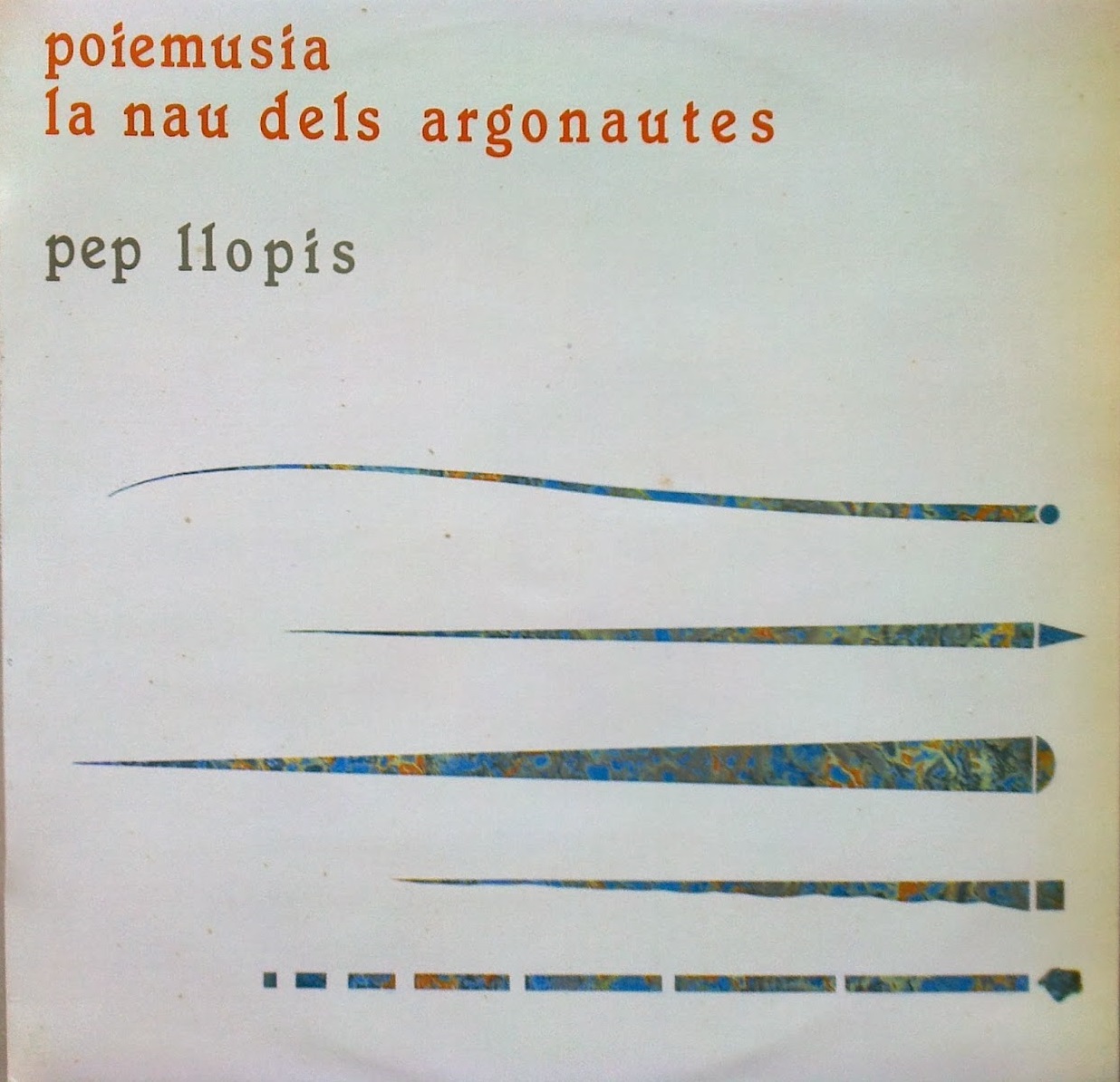
JARDINS AQUÀTICS
Season ; Spring
Inspiration
This is the most inspired track of all. It sprang from my mind like a spring.
I can say that when I composed it it was through an improvisation that was growing step by step. Playing directly from a keyboard, chords and melodies appeared as if they had been played forever. In one morning it was composed and even structured. Each moment was a consequence of the previous one. Although strange to say, it was like a revelation, and, even today, it is one of the pieces that I most treasure and that also identifies me.
His gestation was born from the idea that suggested the name of the poem "Jardins aquàtics". Also its content, but mainly the title. This led me to build this sound world, full of life, energy and luminosity. As its birth and development was thematic, fully musical, it was a piece in which I had to look for the posterior lace of the poems.
It has an intimate connection with track 5 "La nau dels argonautes", since they share style and temperament.
Since the marimba introduces its maintained and cheerful rhythm, the rest of elements are incorporated as in a sonorous ballet creating harmoniously repetitive spaces that do not give option to the reflection, just listening.
The few melodies that appear, interpreted in principle by the cello, never leave the climate created generally by the piece.
The end is a sudden stop, a cut in the last time of the compass that leaves everything in suspense because the emotion could not be diluted.
Configuration
As I said, this piece is created in the studio and born of inspiration. Direct and fluid inspiration. It is possible that later on I could associate some works by Phil Glass, but at the time of construction my mind was centered on creating a world related to the visual, vegetative and living richness that had formed in my mind, suggested by the readings of Jàfer's poems.
It is a piece in which we almost all play the same. Its density comes from the harmonic distribution of papers for each instrument. There is a unit of action much more marked than in the rest of tracks.
It is a composition that can be heard anywhere, at any time, even as I have experienced on other occasions, detached from the poem, because the sound, musical part, has a very marked identity. Nevertheless when we interpreted it live it was one of the most exciting parts for all, musicians and rhapsodists.
The end left us all suspended in the air. There was the undisputed and necessary applause to return to earth.


NITS DE CRISTALL
Season : Winter
Inspiration
The reading of the text, the title itself, kept me thoughtful for quite a few days. They had already been born some of the songs that made up the album, such as "Jardins" or "La Nau" and I did not see clearly what kind of music or instrumentation would be appropriate to recreate an atmosphere as intimate and personal as the one proposed by the poem.
After a lot of laps, I remembered some chords that I had composed to the piano with wide resonance and with a very free tempo. They were just a few chords, but the climate suggested opened the doors of "Nits de Cristall".
I stood in front of the piano with the text as a score.
I scribbled notes to feel myself inside the poem. Light dissonances helped me to penetrate him. Little by little the emotion grew and the musical theme became consistent. It had to be endowed with life and energy and when the poem says " cantem la cançó dels qui han obert les portes " I felt the need to sing, someone to sing … but I restrained, in the background a faint voice is heard …
Finally, it is a piece that although has a structure of its own, allows for an open and flexible interrelationship between text and music. It is a dialogue between both languages, it is totally Poiemusia.
Configuration
I have been meditating a long time about this piece. I lived in a small house near a pine forest. Often, when ideas required a cleansing of mind and freedom to think, it was the place where he went for long walks. This was one of those cases.
I had to go to my trees more than once to decide how to dress that poem. It was on one of the those walks that I thought about breaking the general dynamics of the concert, and using only the piano to interact with the voice.
When I returned to the studio, I looked up some ideas for piano that had begun undeveloped. Some introductory chords appeared and the decision was made.
This piece should be heard in a moment of calm intimacy.
We must use good sound equipment with a faithful listening in order to enjoy all the harmonies and resonances generated by the piano. No time, no space, just listen … be careful with the glass, it can lacerate the night.
There is no sadness, only melancholy.

LA NAU DELS ARGONAUTES
Season : Four seasons
Inspiration
"La nau dels argonautes", part that gives name to the whole album, was born with the vocation of being the culmination of the trip and at the same time leaving in our minds the need to be vigilant along our way. His composition line is very close to "Jardins aquàtics" but his creation process was much more elaborate.
The sequence of chords also came from a work session whilst thinking of relative harmonies that offered continuity and variation at the same time, one over another. Their encounter was not the fruit of inspiration but of analysis, of search. It was a very rich process in which I managed to create a cyclical wheel of chords that offered a sense of travel, with great doses of optimism, euphoria and positive feelings.
Rhythmically it is the most complex piece … internally. At the same time there are instruments playing in binary, ternary and quaternary subdivision and different accents with which they only match every 12 pulses, something very common in Mediterranean music. It is an amalgam of emphasis that give it tension and wealth, a sought and found polyrhythmic forms.
Complex as the marine currents and diverse as are the seas at any time, changing and suggestive.
Here the texts are placed in the first third part of the theme to give way to music in a pre-eminent way in the rest of the song, which like others is cut suddenly.
Now the whispered voices sound to introduce the return of the navigation environment that appeared at the beginning of the disc, as a way to close the circle.
Configuration
It is a piece neatly created in studio, in work sessions. It is based on a succession of chords that assume a progression, each on the previous one. The next contains elements from the previous and so on. This progression develops in different ways. In a simpler way to allow the diction of the texts and then with much greater intensity and density to shine musically.
Like Jardins Aquàtics you can listen in any situation or place, allowing you to receive the euphoric spirit of your sonorities.
Each piece has its character, but as I said at the beginning it is positive to stand to listen to the album with an open look that allows to contemplate its totality.

"The very nature of poetic language, provokes the nature of musical language and immerses us in a search for sequences and traditional or primary rhythms, now elaborated.
Polyrhythmic constructions with a very distant date of birth and a very close final interweaving.
The harmonisation open – wide – starting from a clear tonal language, but with the unknown to define the rest, always mobile, which fits any direction.
Melodies, when they appear clearly, defined by the timbres and the cadences near the shores of the nearest sea – always present – lead us to the link with the word.
And the word, fused with the interweaving, with the desire to emerge only what is necessary, to be rocked by the sound waves. This is shown with desires to extend the limits of free perception, of the image of the senses, of the creation of each one."
Buy the release HERE.
















